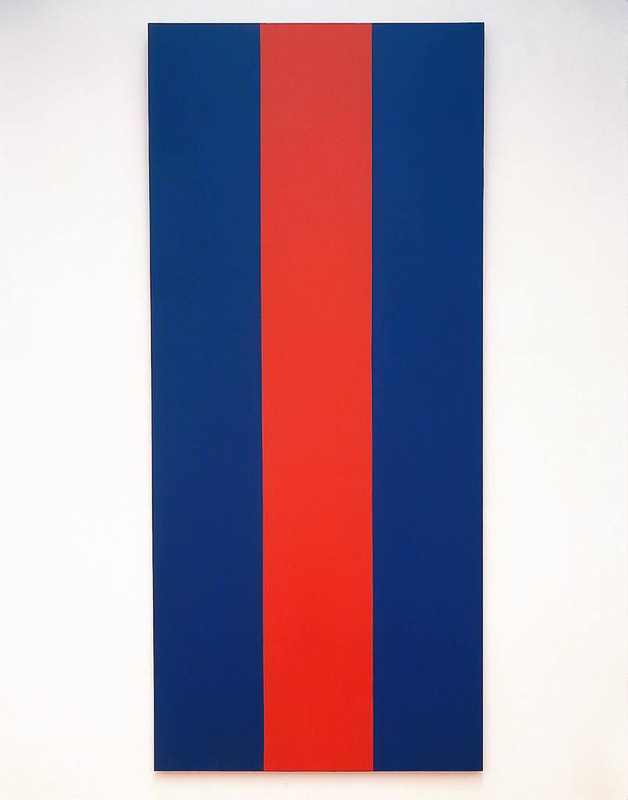Though I have never considered myself something of an ‘art critic,’ I have never passed on a trip to the National Gallery. While I enjoy all kinds of art, regardless of period or medium, something about modern art always seems to appeal to me.
This is perhaps why when people choose to belittle what they interpret as its simplicity, I find myself inclined to criticize these comments for what they are: ignorance on what modern art is meant to do.
Since we are on the subject of the National Gallery, it would probably be best to centre this piece around arguably the most infamous piece of modern art the gallery currently boasts: Barnett Newman’s “Voice of Fire.” Though people continue to goof on this piece to this day, the museum’s acquisition of the painting back in the 1990s caused quite a stir within Canadian arts and politics, having cost the museum $1.8 million.

Yet, this criticism is demonstrative of a general misunderstanding of modern art that fails to take into account what this art means or does, not necessarily what it looks like, nor the technical complexity that went into making it.
The works of American artist Jackson Pollock—some of which also just so happen to be on at the National Gallery—are extremely demonstrative of this disconnect. Pollock was an American contemporary artist whose best known works spanned from the 1940s to the 1960s. He’s probably best known for his “drip paintings,” a form of abstract art that is quite common now but was unprecedented for the time the technique was introduced.
The majority of Pollock’s works had no tangible images in them. They were a series of lines that perhaps, towards the beginning of his career, could have some discernible shapes based on one’s viewpoint, but in the end were splotches of paint thrust upon a canvas.
Yet, while the product of his experimentation might look simple, the thought process that fueled that experimentation was not.
Pollock was looking for a way to make his art less about the painting and more about painting. He rejected tradition by focusing his work on the act of painting itself, flinging paint onto his canvases using unconventional tools (such as sticks and rocks) almost violently, commenting on how art was viewed at the time in such a way that he helped incite an entire artistic movement: abstract expressionism.
Of course anyone can fling paint onto a canvas, but at the time Pollock did so, no one else was. Modern art is not intended to be beautiful in the same way classical art is. It’s not meant to be profoundly technical, either. It’s meant to tell us something more about art as a whole, like what Pollock’s works tell us about what was considered unconventional at the time of their creation.
When you take in Newman’s “Voice of Fire,” you might think about how it could have been painted by anyone—but could it have been?
“Voice of Fire” is much more than three lines on a giant canvas. These lines are not only meticulously painted—perfectly straight and perfectly even—the colour choices behind the piece are profound. The blue and red provide such a significant contrast when juxtaposed that they create a sensory experience for the viewer, allowing them to feel and directly interact with the materiality of the medium, similarly to how a painter of the experimental period (from which this painting derives) would interact with their work.
Commissioned for the U.S. Pavilion at Expo ‘67, the work is not only a piece of Canadian history, it was also commissioned to represent American artistic accomplishment. It comes as no surprise, then, that “Voice of Fire” is displayed in the same room as Jackson Pollock’s “No. 29”—it is meant to represent America’s newfound role as a pioneering nation in terms of contemporary art by virtue of being contemporary art.
To the unimaginative eye, modern art might look like something “anyone could do,” which in a sense is true. Anyone could recreate “Voice of Fire” or Pollock’s drip paintings, but only certain people created them, which renders them exceptional in their own seemingly simplistic ways.
Featured image by Spencer Colby.






